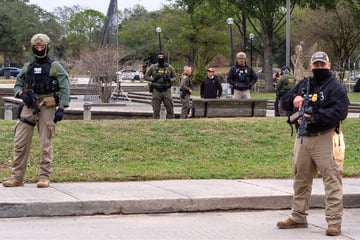Freedmen's Town: A tour with community activists fighting to preserve Houston's "hidden jewel"
Houston, Texas - "See that beautiful skyline? All of that used to be Freedmen’s Town."
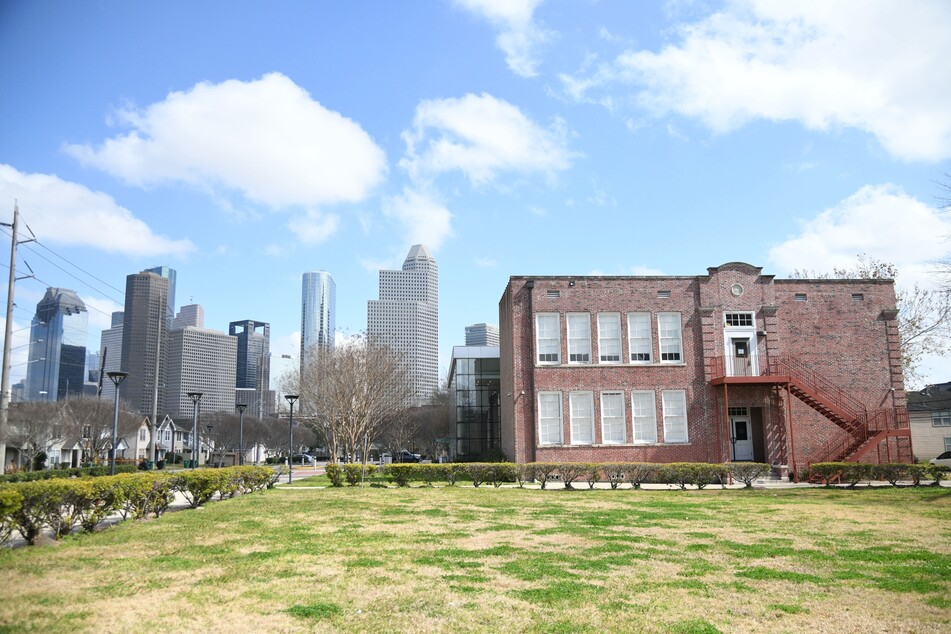
Standing in Houston's Freedmen's Town, you see historic shotgun houses and old brick roads interspersed among modern luxury townhomes. Above your head, the view is dominated by the glittering skyscrapers of the city's Central Business District.
The visual contrast is striking, and even without knowing much about Freedmen's Town, you can feel there is a story to this place – one hidden in plain sight.
That's where community activists Priscilla Graham and Charonda Johnson come in.
Through the Freedmen's Town Association, Graham and Johnson give tours of the neighborhood to uncover some of the history of the places and people that make it special.
Both women have a unique personal connection to Freedmen's Town. Johnson, a Houston native, said her family has lived in the community for five generations.
Graham, who is originally from Georgia, moved to Houston to attend Texas Southern University after being stationed in Killeen during her military service. She began working in Freedmen's Town running community programs through the YMCA. That's when she became inspired to get further involved.
Graham and Johnson gave TAG24 NEWS a virtual tour of the historic district – and shared updates in their fight to preserve the community.
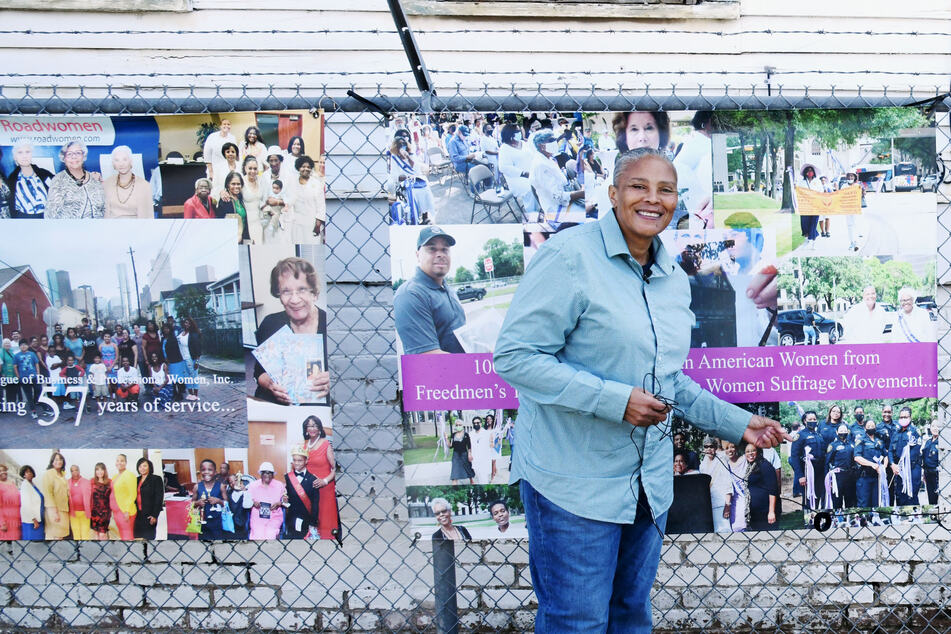
Joining the preservation fight
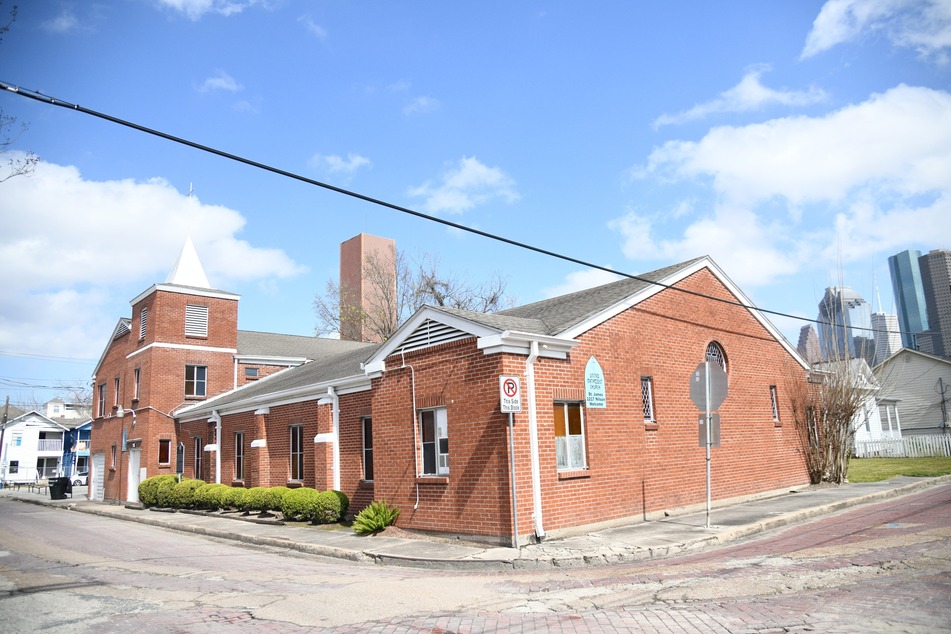
Founded in 1865 on the southern banks of the Buffalo Bayou, Freedmen's Town became the epicenter of Houston's Black community after Emancipation – and that's a story Johnson and Graham want to make sure is told.
When asked what motivates her to engage in community education and preservation efforts, Johnson told TAG24, "I know I don't look like it, but I'm a grandmother. I wanted a legacy to leave for my grandson. The fact that Freedmen's Town history is not noted in history books – it's really a hidden jewel."
"When I finally realized where I was and the community that my ancestors paved the way for, I decided to take a more positive stand in my community, to stop standing on the sidelines and actually check into the game."
The turning point came on Martin Luther King Day 2015 when a contractor arrived to remove parts of Freedmen's Town's historic brick streets. Johnson said she knew the bricks were somehow federally protected, though she didn't know exactly how.
"When I questioned him, his response to me was, 'We're going to take these bricks, and there's nothing you can do about it,'" she recalled. "A light just flicked on in me. I just felt like – maybe it was something ancestral, I don't really know what it was – but I felt like something in me told me to go and get reinforcements."
Johnson went to the community corner store and mobilized fellow residents. They returned to the site and were able to delay the contractor long enough to get a restraining order.
"That started my quest to preserve my community," she said.
Inspired by community members' struggle, Graham decided to pour her own talent and energy into the fight: "I just wanted to see something different. I just wanted to see the positive images, regardless of your socioeconomic status, regardless of your environment, that you still have an opportunity for success. That's the driving force."
"When I learned about the history and the plight of the people here and their fight to save their community, I was all in because it really just comes down to the people telling their stories," she continued.
"The history is so rich and deep. It just needs to be told around the world."
History of resilience and self-sufficiency
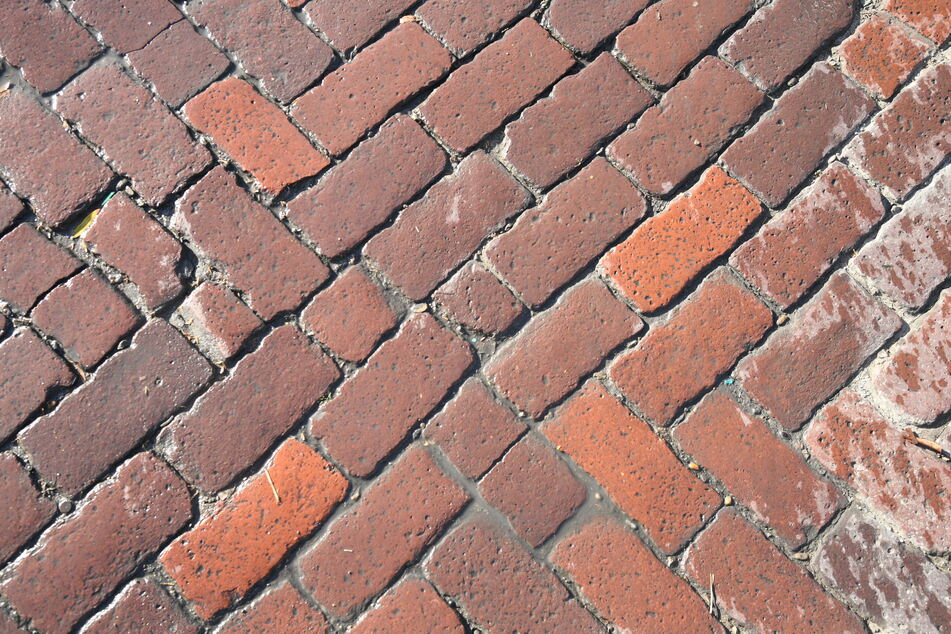
From its early days, Freedmen's Town was a beacon of hope and prosperity for many Black people across the South after Emancipation.
"I don’t know how everyone knew to come here, but Freedmen’s Town just seemed like it was the Mecca – the calling place – for African Americans," Johnson said.
"We were always workers. We were always the brains behind the labor, so when it was our time to show what we could do on our own, we showed it."
That included establishing their own medical facilities when hospitals refused Black people care, their own court when the existing legal system denied Black people fair treatment, their own schools when Black people were not permitted an education, and their own beautiful homes, many of which provided a place of shelter and safety to Black people traveling through the city.
The Pullum family, whose house still stands, even donated the bricks to make Freedmen's Town's streets when the City of Houston refused to pave the roads.
Pointing to those streets Johnson and others have fought so hard to save, Graham noted the triangle-shaped patterns of the bricks. If you pulled the street up from the center, it would form a pyramid.
"That’s why we are fighting so hard because the culture is embedded in here. This is their pyramid. This a form of their culture that they were able to save, and they put it in the streets," Graham explained.
Johnson brought everything home with one clear message: "The most important thing I want to stress about Freedmen’s Town is that we have a legacy that does not begin with slavery. Everything that was accomplished down here was accomplished by freed men and women."
"When I grew up in the area, I was always told, 'The slaves did this. The slaves did that.' Imagine me growing up figuring out for myself there wasn’t even a slave narrative. They’re just trying to keep us away from the history so we can know ourselves as a people," she added.
"Freedmen’s Town, from the beginning, was built from the resilience of its members."
From thriving to surviving
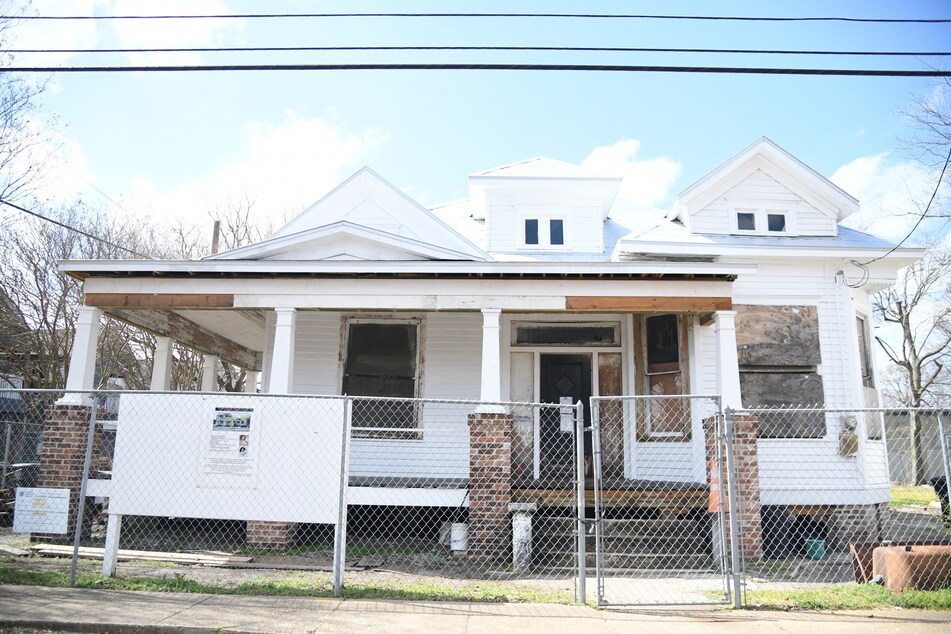
Today, Freedmen's Town is recognized on the National Register of Historic Places (NRHP) and as a local Heritage District. Several structures are also included in the UNESCO Slave Routes Project.
But those designations haven't stopped the City of Houston and other entities from turning a profit at the expense of the community.
Huge portions of the neighborhood were destroyed, to be replaced with towering skyscrapers and the Interstate-45 highway. A new wave of urban renewal led to the construction of luxury townhomes and more gentrification of Black residents.
When Freedmen's Town made the NRHP in 1984, there were around 558 original structures still standing. Today, only around 30 of those structures and two historic brick streets remain.
As Johnson explained, federal protections did not make up for the lack of local protections, which allowed the City of Houston to demolish many of those historic sites.
"Most of our oldest churches and structures were destroyed due to eminent domain and all these kinds of City attacks," she lamented.
But even before the City came in with bulldozers, many original structures were allowed to fall into a state of disrepair.
"No one was investing in the community. When you’re trying to live and survive at the same time, it’s hard to come up with money that you don’t have," Graham said. "Even though you’re applying for grants, even though you’re applying for assistance – if they’re not investing in you, you lose."
On top of that, she said the City had been engaging in taxation schemes to try to force out many of the residents who descend from original settlers. For example, property owners above the age of 65 don’t have to pay taxes, but their family members do if they want to take over the property. If they can't afford the huge sums, the City seizes it.
With the coronavirus, Graham said things have gotten more difficult: "When people are living and just trying to live in this daily life stuff, [preservation work] takes a backseat to that. We need it to be a front seat."
"It’s a Heritage District now, but our footprint and our legacy are still in jeopardy," Johnson insisted.

Reclaiming the narrative through community education
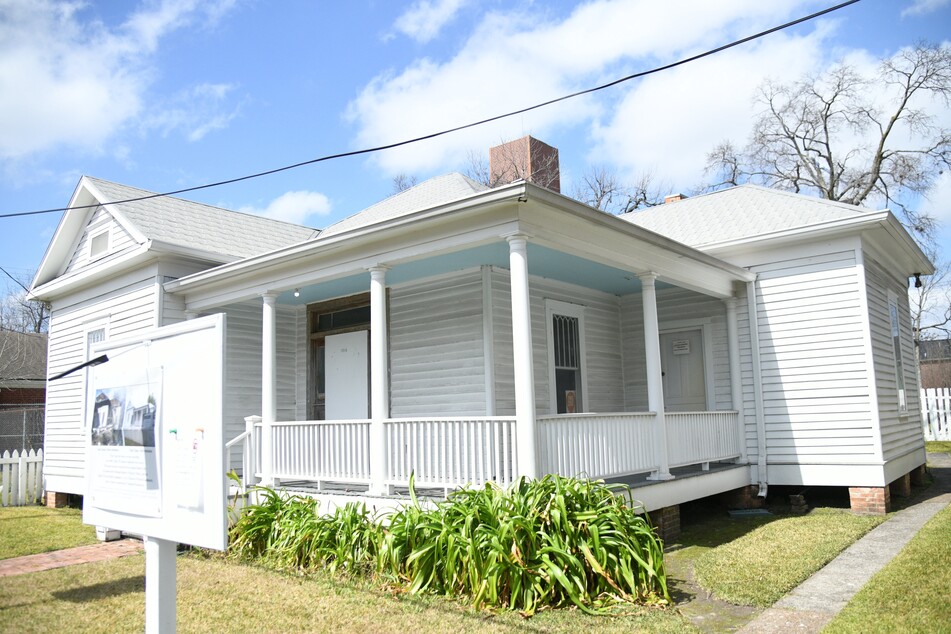
Because the City of Houston isn't standing up for Freedmen's Town residents, community activists like Johnson and Graham are leading the charge.
"There’s been so much trickery and things done by the City of Houston and other entities that people are just tired. We’re tired of politicians coming down here serenading us, singing sweet sermons to us about our community and our heritage," Johnson said.
Instead, the Freedmen's Town Association is working around the clock to provide important services to residents, including affordable housing options so people can keep living in their community.
They are also working together with partners outside Freedmen's Town to restore the historic homes. As he was driving to one of the work sites, Phil Richardson, a volunteer with First Unitarian Universalist Church, told TAG24 about his group's efforts to renovate the buildings.
The challenge is replacing wood damaged by water intrusion and rot with 100-year-old lumber to maintain the homes' national historic status, Richardson said.
His carpentry team also has to find professionals to install expensive heating and air conditioning systems – largely on a small-dollar-donation budget with no government funding. They are asking people to support that work by donating to the Rutherford B.H. Yates Museum or the Freedmen's Town Association.
Ultimately, Richardson, Graham, and Johnson believe this work is necessary to educate all Houstonians about the contributions Black people have made to the city's history – a task that is becoming all the more important.
"People who are in power don’t want you to know about the history of African Americans. They just want you to think that we’re this sort of person that has not accomplished anything or did anything," Graham said. "The history has been whitewashed, and our mission is to tell everybody about the history of Freedmen’s Town, to inform and engage everyone."
Johnson added that their fight to save Freedmen's Town is a continuation of the community's historic legacy: "Instead of whining about services the City didn’t provide, I chose to work and do stuff myself just like my ancestors did in 1865. They didn’t whine about what they didn’t get from their enslavers. They actually put their minds together and actually accomplished something."
"It’s an honor for me to be walking in those same footsteps."
Cover photo: Priscilla T. Graham
